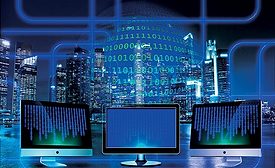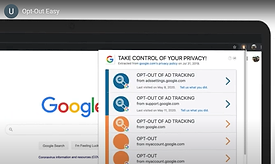Cybersecurity News
USDOT releases PNT and GPS Backup Technologies report
The report details the results of field demonstrations of mature PNT technologies that could offer complementary service in the event of GPS disruptions
January 19, 2021
Sign-up to receive top management & result-driven techniques in the industry.
Join over 20,000+ industry leaders who receive our premium content.
SIGN UP TODAY!Copyright ©2025. All Rights Reserved BNP Media.
Design, CMS, Hosting & Web Development :: ePublishing










